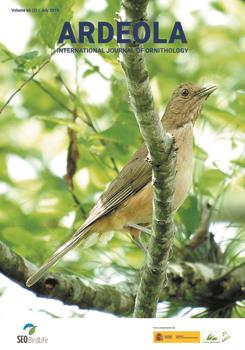The Black-headed Gull Larus ridibundus, like many other gulls, has monomorphic plumage, which impedes sex identification in the field. We analysed the size of the hood, eye ring and wing tip and found that putative ornaments did not differ between sexes in this species. We formulated a novel discriminant function for Black-headed Gulls using morphometric measurements of live individuals (i.e. total head length, bill depth, and the sixth rectrix length), intentionally excluding data from dead birds, which were on average significantly smaller than their living conspecifics. We also tested cross-application of discriminant functions previously developed for Black-headed Gulls, proving that sexing individuals from different populations, even geographic neighbours, based on a single discriminant function risks errors and showing that discriminant functions cannot be treated as a universal tool for sex identification across space and time. —Indykiewicz, P., Minias, P., Kowalski, J. & Podlaszczuk, P. (2019). Shortcomings of discriminant functions: a case study of sex identification in the Black-headed Gull. Ardeola, 66: 361-372.
How to translate text using browser tools
7 June 2019
Shortcomings of Discriminant Functions: A Case Study of Sex Identification in the Black-Headed Gull
Piotr Indykiewicz,
Piotr Minias,
Jarosław Kowalski,
Patrycja Podlaszczuk
ACCESS THE FULL ARTICLE

Ardeola
Vol. 66 • No. 2
July 2019
Vol. 66 • No. 2
July 2019
Black-headed Gull
discriminant functions
Larus ridibundus
morphology
sex identification





